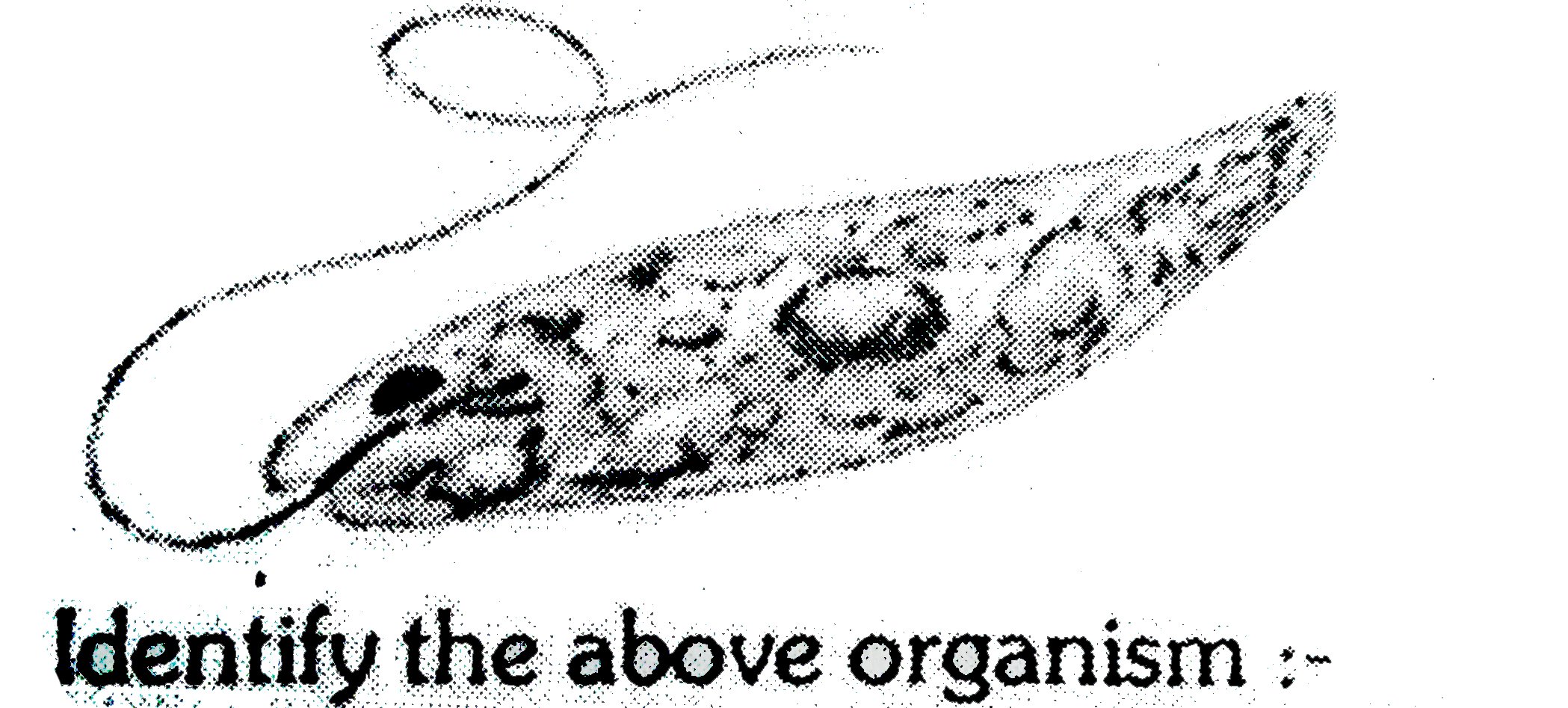Identify the locomotary organs in annelida.
Tube feet
Setae
Pseudopodia
Flagella
The correct Answer is:B
Step-by-Step Solution:
1. Understanding Annelida: Annelida, commonly known as segmented worms, include earthworms, leeches, and polychaetes. They are characterized by their segmented bodies.
2. Identifying Locomotory Organs: The primary locomotory organs in Annelida are structures that facilitate movement. In Annelids, the main locomotory structures are called setae.
3. Role of Setae: Setae are small bristle-like structures located on the surface of the body segments. They help in anchoring the worm to the ground and provide traction during movement.
4. Movement Mechanism: Annelids move using a combination of muscular contractions and the action of setae. The muscles contract to create waves of movement, while the setae grip the substrate, allowing the worm to push itself forward.
5. Conclusion: Therefore, the locomotory organs in Annelida are the setae, which enable them to move in a wave-like motion.
Topper's Solved these Questions
- BOOK - PEARSON IIT JEE FOUNDATIONCHAPTER - DIVERSITY IN LIVING WORLD- ANIMALSEXERCISE - MASTERING THE CONCEPTS (KNOWLEDGE AND UNDERSTANDING)48videos
DIVERSITY IN LIVING WORLD- ANIMALS
- BOOK - PEARSON IIT JEE FOUNDATIONCHAPTER - DIVERSITY IN LIVING WORLD- ANIMALSEXERCISE - MASTERING THE CONCEPTS (APPLICATION AND ANALYSIS)28videos
DIVERSITY IN LIVING WORLD- ANIMALS
- BOOK - PEARSON IIT JEE FOUNDATIONCHAPTER - DIVERSITY IN LIVING WORLD- ANIMALSEXERCISE - ASSESSMENT TESTS44videos
DIVERSITY IN LIVING WORLD- ANIMALS
- BOOK - PEARSON IIT JEE FOUNDATIONCHAPTER - DIVERSITY IN LIVING WORLD - PLANTSEXERCISE - ASSESSMENT TESTS20videos
DIVERSITY IN LIVING WORLD - PLANTS
- BOOK - PEARSON IIT JEE FOUNDATIONCHAPTER - HUMAN HEALTH AND DISEASESEXERCISE - ASSESSMENT TESTS29videos
HUMAN HEALTH AND DISEASES
Similar Questions
Knowledge Check
- Question 1 - Select One
Locomotory organ of annelida is
ASuckerBParapodiaCSetaeDAll of these - Question 2 - Select One
Locomotion organs of annelida are
ASuckersBParapodiaCSetaeDAll the above - Question 3 - Select One
Identify the foeto-maternal organ
AEmbryoBUterusCPlacentaDBlastocyst


